SUMMARY
This is AI generated summarization, which may have errors. For context, always refer to the full article.

MANILA, Philippines – Eight out of 10 ASEAN countries have submitted their climate change action plans on time, ahead of the climate talks in Paris in December 2015.
The deadline for the aggregation of the Intended Nationally Determined Contributions (INDCs) was on Thursday, October 1. So far, the United Nations has received 120 submissions across the globe, including the Philippines.
The INDCs will be collated and used to help craft a new international climate agreement towards a “low-carbon and climate-resilient future.” (WATCH: Climate change as explained by a kid)
As of October 1, Malaysia and Brunei have not yet officially submitted their INDCs. As early as July, however, during the Regional Climate Change Forum, Malaysia presented its INDC plans. The Malaysian government plans to transition into a “developing low-carbon society,” with an aim of reducing emissions to 40% through policy changes.
Meanwhile, Brunei is yet to release full details of its INDCs.
Most countries submitted their INDCs on or just a few days before the deadline, except for Singapore which complied as early as July.
| ASEAN countries and their date of INDC submission | |
| Singapore | July 3 |
| Indonesia | September 24 |
| Myanmar | September 28 |
| Vietnam | September 30 |
| Cambodia | September 30 |
| Philippines | October 1 |
| Thailand | October 1 |
| Laos | October 1 |
| Brunei | Has not officially submitted INDCs as of October 1 |
| Malaysia | Has not officially submitted INDCs as of October 1 |
What commitments did ASEAN nations make? And more importantly, how will such goals translate into reality?

The Philippines submitted its INDCs on October 1, the deadline of submissions. It commits to reduce its carbon emissions by 70% by the year 2030. It will be taken from the energy, transport, waste, forestry, and industry sectors.
The target, however, is “conditional” on the assistance from the international community.
The Philippines also commits to adaptation measures which will help Filipinos prepare for the impacts of climate change. “The path towards a low emission development will require climate resilience and improved adaptive capacity,” the Philippine INDC stated.
As for implementation, the Philippines said it is mainstreaming and institutionalizing cliamate change adaptation and mitigation into government programs “as reflected in government expenditures.” To do so, the government installed a system for tagging its expenditures related to climate change, which will be used for its annual budgeting system starting this year.

Laos commites to increase its forest cover to 70% of its total land area by the year 2020, “once the target is achieved, emission reductions will carry on beyond 2020.” This is because trees and forests serve as greenhouse gas (GHG) sinks.
The government also commits to increase the share of renewable energy to 30% of its energy consumption by 2025. Electricity will be made available to more rural households, while road networks, hydropower plants, and adaptation mechanisms will be improved.
According to Laos, its GHG emissions “are very low in the global context;” nevertheless, it intends to cooperate in combatting climate change.
The government is also allocating approximately $12 million annually for disaster emergency response plans. “This demonstrates that Lao PDR is not content to wait for international support to take action on climate change,” said its INDC. However, to better achieve reforestation and forest maintenance, Laos wants to participate in international programs and assistance like REDD+ (Reducing Emissions from Deforestation and Forest Degradation) and FLEGT (Forest Law Enforcement, Governance, and Trade).
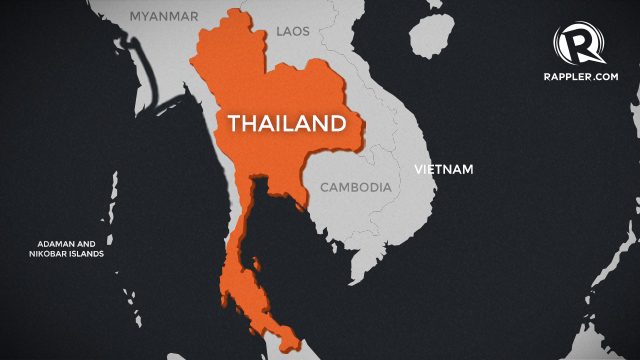
The Thai government intends to reduce its GHG emissions by 20% by 2030.
According to its INDC, Thailand is one of the 16 countries in the “extreme risk” category that are most vulnerable to the future climate change impacts over the next 30 years. Hence, it places adaptation as a “top priority” in its national response to climate change.
To achieve, climate resilience, the Thai government follows “Sufficiency Economy,” which teaches moderation, reasonableness, and the need of self-immunity.
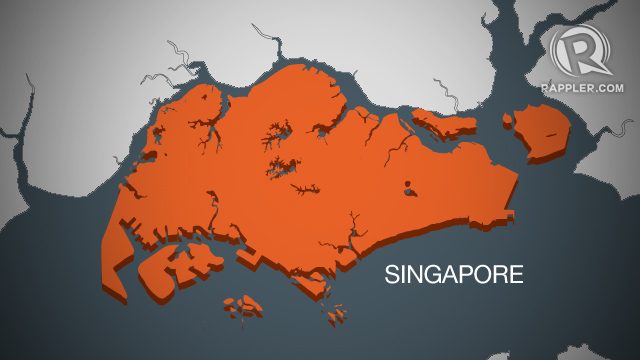
Singapore was the first ASEAN country to submit its INDC. It commmits to unconditionally reducing its emissions intensity by 36% by 2030, covering the following sectors: energy, industrial, agriculture, land use, land-use change, and forestry, and waste.
Singapore admits that it is “heavily dependent” on fossil fuels but its government has made policies choices to reduce its GHG footprint. For its electricity generation, it has switched from fuel oil to natural gas, the cleanest form of fossil fuel.
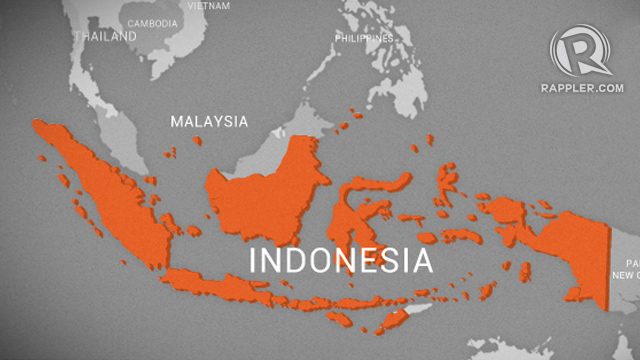
“For 2020 and beyond, Indonesia envisions archipelagic climate resilience as a result of comprehensive adaptation and mitigation programs and disaster risk reduction strategies,” its INDC said.
By 2030, it aims to reduce its emissions by 29% “unconditionally.”
The Indonesian government reiterated that in 2009, it “voluntarily pledged” to reduce emissions by 26% on its own effort and up to 41% with international support by the year 2020.
Indonesia also plans to have at least 23% of its energy use come from new and renewable energy by 2025, in hopes of putting the country on a de-carbonization track.
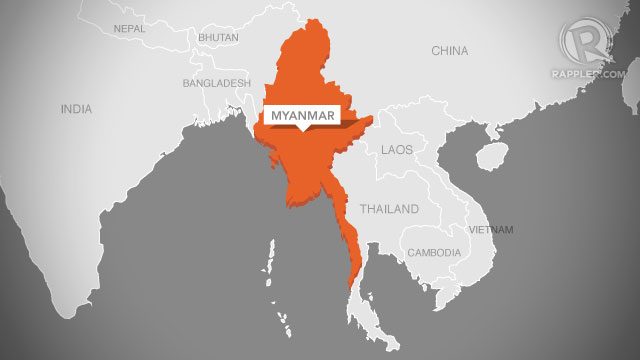
Like other countries, Myanmar wants to provide more households with electricity.
“With the largest expanse of tropical forest in mainland South East Asia, Myanmar is already a net GHG sink,” its INDC said.
However, it admitted that it will need the assistance of the international community to socio-economic development while also containing emissions; after all, Myanmar is considered as among the “least developed countries.” Its mitigation actions will be conditional on international support.
Once it receives adequate support, Myanmar said it looks forward to “developing its contribution further to the global effort to mitigate climate change while increasing its capacity to adapt.”

Vietnam commits to unconditionally reducing its GHG emissions by 8% by the year 2030, but the rate could reach 25% with international support.
Vietnam, according its government, has made significant efforts in forest protection, afforestation, and reforestation. It aims to also improve its fuel, sustainable agriculture, waste management, energy, and adaptation systems.
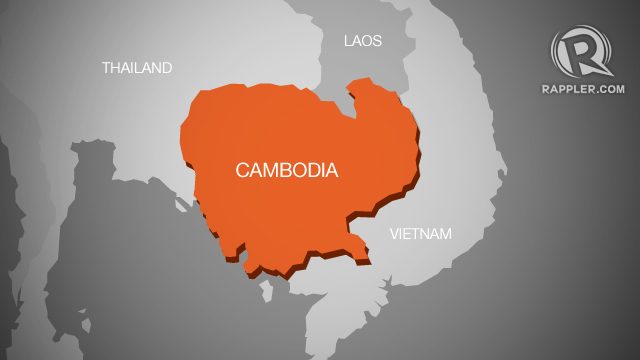
Cambodia commits to reduce it emissions by 27% by 2030, coming from the following sectors: energy, manufacturing, transport, among other industries. This is, like the Philippines, “conditional” on international support.
It also plans to increase its forest cover to 60% of its national land area by the same year. The Cambodian government, like others, have also mainstreamed adaptation into national development, as well as in agriculture, forestry, health sectors, and coastal zone management. – Rappler.com
Add a comment
How does this make you feel?
There are no comments yet. Add your comment to start the conversation.